Smart Dust —— Sensor Network Applications, Architecture and Design
----- 智能尘埃
OPPORTUNITIES AND CHALLENGES IN WIRELESS SENSOR NETWORKS Martin Haenggi Introduction Opportunities Technical Challenges Concluding Remarks NEXT-GENERATION TECHNOLOGIES TO ENABLE SENSOR NETWORKS Joel I. Goodman, Albert I. Reuther and David R. Martinez Introduction Goals for Real-Time Distributed Network Computing for Sensor Data Fusion The Convergence of Networking and Real-Time Computing Middleware Network Resource Management Experimental Results SENSOR NETWORK MANAGEMENT Linnyer Beatrys Ruiz, Jose Marcos Nogueira, and Antonio A.F. Loureiro Introduction Management Challenges Management Dimensions MANNA as an Integrating Architecture Putting It All Together Conclusion MODELS FOR PROGRAMMABILITY IN SENSOR NETWORKS Athanassios Boulis Introduction Differences between Sensor Networks and Traditional Data Networks Aspects of Efficient Sensor Network Applications Need for Sensor Network Programmability Major Models for System-Level Programmability Frameworks for System-Level Programmability Conclusions MINIATURIZING SENSOR NETWORKS WITH MEMS Brett Warneke Introduction MEMS Basics Sensors Communication Micropower Sources Packaging Systems Conclusion SENSOR NETWORK ARCHITECTURE AND APPLICATIONS Chien-Chung Shen, Chaiporn Jaikaeo, and Chavalit Srisathapornphat Introduction Sensor Network Applications Functional Architecture for Sensor Networks Sample Implementation Architectures Summary A PRACTICAL PERSPECTIVE ON WIRELESS SENSOR NETWORKS Quanhong Wang, Hossam Hassanein, and Kenan Xu Introduction WSN Applications Classification of WSNs Characteristics, Technical Challenges, and Design Directions Technical Approaches Conclusions and Considerations for Future Research SENSOR NETWORK ARCHITECTURE Jessica Feng, Farinaz Koushanfar, and Miodrag Potkonjak Overview Motivation and Objectives SNs - Global View and Requirements Individual Components of SN Nodes Sensor Network Node Wireless SNs as Embedded Systems Summary POWER-EFFICIENT TOPOLOGIES FOR WIRELESS SENSOR NETWORKS Ayad Salhieh and Loren Schwiebert Motivation Background Issues for Topology Design Assumptions Analysis of Power Usage Directional Source-Aware Routing Protocol (DSAP) DSAP Analysis Summary OVERVIEW OF COMMUNICATION PROTOCOLS FOR SENSOR NETWORKS Weilian Su, Erdal Cayirci, and Ozgur B. Akan Introduction Applications/Application Layer Protocols Localization Protocols Time Synchronization Protocols Transport Layer Protocols Network Layer Protocols Data Link Layer Protocols Conclusion POSITIONING AND LOCATION TRACKING IN WIRELESS SENSOR NETWORKS Yu-Chee Tseng, Chi-Fu Huang, and Sheng-Po Kuo Introduction Fundamentals Positioning and Location Tracking Algorithms Experimental Location Systems Conclusions COMPARISON OF DATA PROCESSING TECHNIQUES IN SENSOR NETWORKS Vicente Gonzalez-Millan, and Enrique Sanchis-Peris Sensor Networks: Organization and Processing Architectures for Sensor Integration Example of Architecture Evaluation in High-Energy Physics COOPERATIVE COMPUTING IN SENSOR NETWORKS Liviu Iftode, Cristian Borcea, and Porlin Kang Introduction The Cooperative Computing Model Node Architecture Smart Messages Programming Interface Prototype Implementation and Evaluation Applications Simulation Results Related Work Conclusions DYNAMIC POWER MANAGEMENT IN SENSOR NETWORKS Amit Sinha and Anantha Chandrakasan Introduction Idle Power Management Active Power Management System Implementation Results DESIGN CHALLENGES IN ENERGY-EFFICIENT MEDIUM ACCESS CONTROL FOR WIRELESS SENSOR NETWORKS Duminda Dewasurendra and Amitabh Mishra Introduction Unique Characteristics of Wireless Sensor Networks MAC Protocols for Wireless Ad Hoc Networks Design Challenges for Wireless Sensor Networks Medium Access Protocols for Wireless Sensor Networks Open Issues Conclusions SECURITY AND PRIVACY PROTECTION IN WIRELESS SENSOR NETWORKS Sasha Slijepcevic, Jennifer L. Wong and Miodrag Potkonjak Introduction Unique Security Challenges in Sensor Networks and Enabling Mechanisms Security Architectures Privacy Protection Conclusion LOW-POWER DESIGN FOR SMART DUST NETWORKS Zdravko Karakehayov Introduction Location Sensing Computation Hardware-Software Interaction Communication Orientation Conclusion INDEX
{{comment.content}}
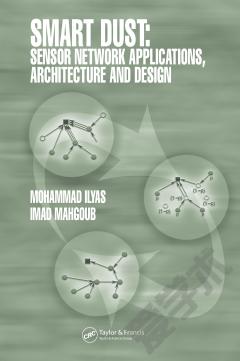
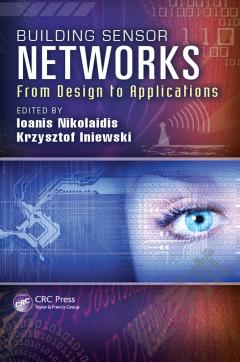


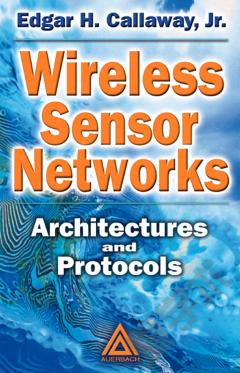
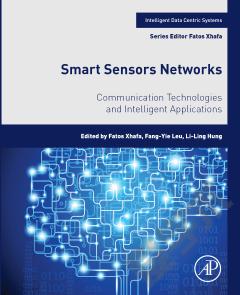
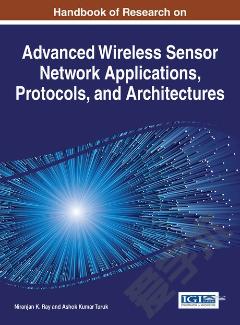

 京公网安备 11010802027623号
京公网安备 11010802027623号